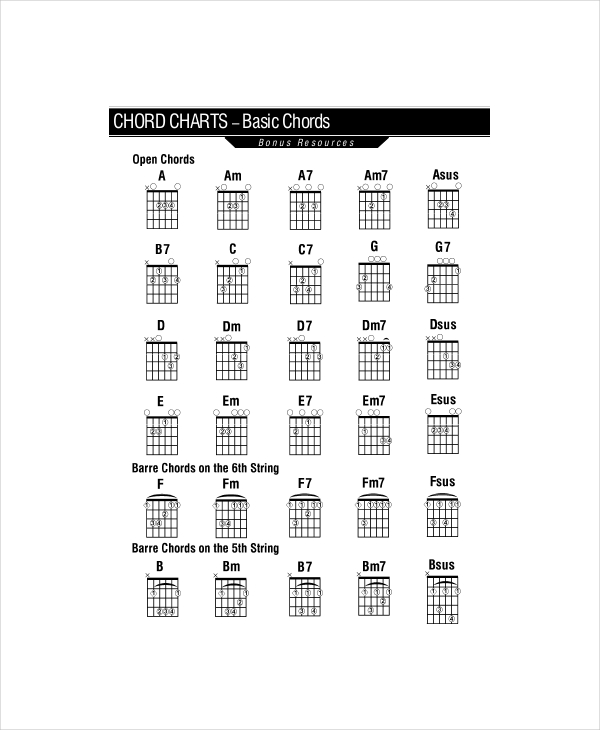Macjournal 607 Keygen

 Mail this to all of us! William G Leavitt Sad to say, at the moment and we don't possess any information about this artisan William G Leavitt. Nonetheless, we would value should you have just about any information about it, and so are prepared to supply it. We've got all the examine, in case all the info are generally true, we will submit on the web site.
Mail this to all of us! William G Leavitt Sad to say, at the moment and we don't possess any information about this artisan William G Leavitt. Nonetheless, we would value should you have just about any information about it, and so are prepared to supply it. We've got all the examine, in case all the info are generally true, we will submit on the web site.
Key words: financial crisis, banking, derivative pricing, convertible preferred, risk. Of Fannie Mae and Freddie Mac, Journal of Monetary Economics 53, 155–176. Of Always Terminating, Mathematics of Operations Research 11, 591–607.
Pore‐forming toxins (PFTs) are commonly associated with bacterial pathogenesis. In eukaryotes, however, PFTs operate in the immune system or are deployed for attacking prey (e.g. This review focuses upon two families of globular protein PFTs: the cholesterol‐dependent cytolysins (CDCs) and the membrane attack complex/perforin superfamily (MACPF). CDCs are produced by Gram‐positive bacteria and lyse or permeabilize host cells or intracellular organelles during infection.
In eukaryotes, MACPF proteins have both lytic and non‐lytic roles and function in immunity, invasion and development. The structure and molecular mechanism of several CDCs are relatively well characterized. Pore formation involves oligomerization and assembly of soluble monomers into a ring‐shaped pre‐pore which undergoes conformational change to insert into membranes, forming a large amphipathic transmembrane β‐barrel. In contrast, the structure and mechanism of MACPF proteins has remained obscure. Recent crystallographic studies now reveal that although MACPF and CDCs are extremely divergent at the sequence level, they share a common fold. Together with biochemical studies, these structural data suggest that lytic MACPF proteins use a CDC‐like mechanism of membrane disruption, and will help understand the roles these proteins play in immunity and development.

Introduction Pore‐forming toxins (PFTs) are proteins that possess the ability to switch from a water‐soluble form to a membrane‐inserted pore form. Over 80 different families of PFTs have been characterized ( ), these include short peptides and large globular proteins.
PFTs constitute approximately one‐third of all the characterized bacterial toxins ( ), and are found across both Gram‐positive and Gram‐negative bacterial species ( ). Although PFTs have been considered traditionally as virulence factors contributing to bacterial invasion and infection, these molecules also play key roles in eukaryotes. Notable examples of eukaryotic PFTs include C9 and perforin, proteins of the immune system ( ), and venoms used by sea anemones to kill prey ( ). A remarkable aspect of PFTs is their ability to exist in both water‐soluble and membrane‐inserted forms. In the soluble form, the membrane spanning portions of the PFT are commonly stabilized by interaction with the core of the molecule ( ).
Pore formation thus often involves an extensive conformational change that permits the membrane spanning residues to insert into the lipid bilayer ( ). Pore‐forming toxins are broadly classified into two groups depending upon whether membrane spanning is achieved using α‐helices (α‐PFTs, e.g.
Colicin) or β‐strands (β‐PFTs, e.g. Perfringolysin O, PFO). While extensive structural and mechanistic information is available for pore formation by various β‐PFTs, the structure of the membrane‐inserted form of an α‐PFT remains to be determined. In addition to conformational mobility, another key feature of many PFTs is their ability to self‐assemble into doughnut‐shaped oligomers ( ). Together, oligomerization and conformational change can permit formation of pores that permeabilize membranes and aid processes such as bacterial pathogenesis, for example, through the transport of toxic proteinaceous agents (; ). Depending on the toxin, the pore diameter may vary from 1 to 50 nm (; ).